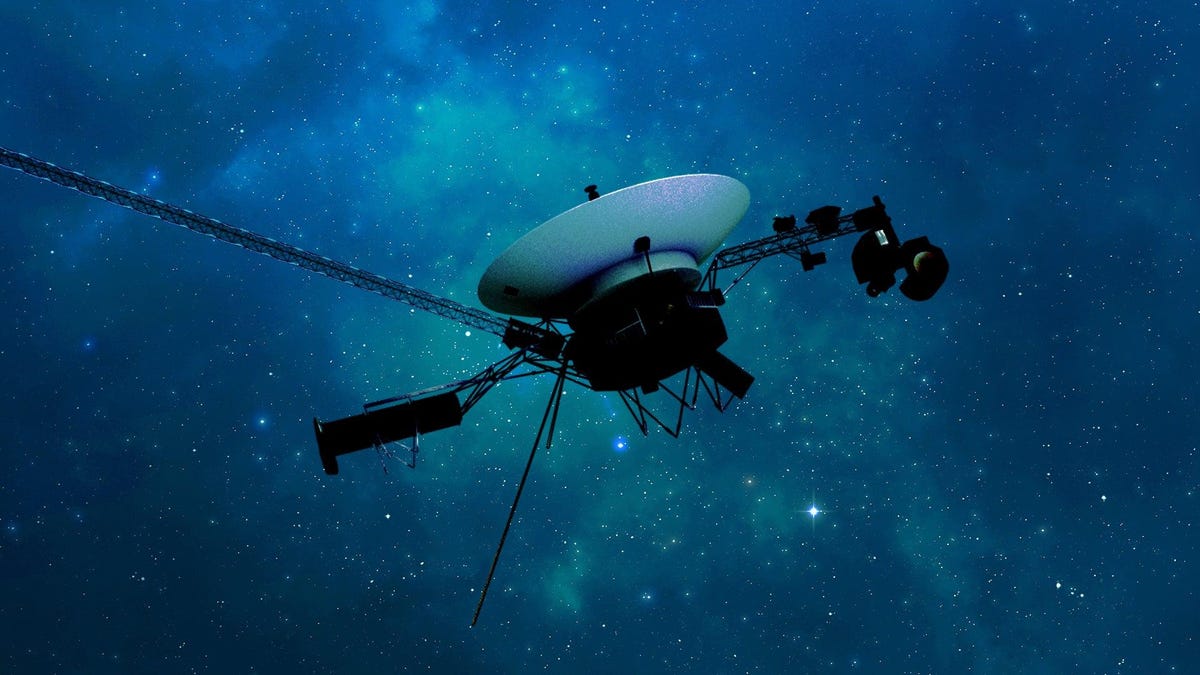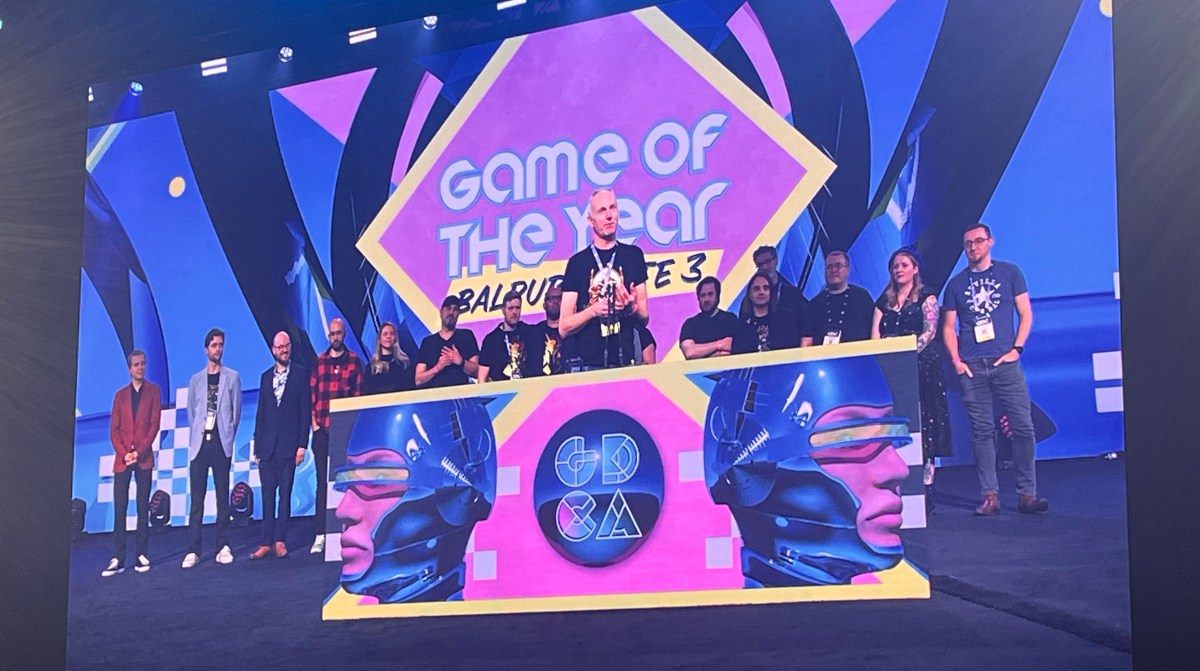Voyager 1 Resumes Sending Engineering Updates to Earth
After more than five months of silence, the Voyager 1 spacecraft has finally transmitted usable data back to mission control. This development is a positive sign that the 46-year-old mission may soon be able to resume normal operations.
Problems and Progress
The last time Voyager 1 sent readable science and engineering data to Earth was on November 14, 2023. Since then, the spacecraft has been receiving commands but responding with incomprehensible data. The Voyager 1 spacecraft has been exploring the outermost edge of the Sun’s domain, collaborating with newer missions to study the interaction between the heliosphere and interstellar space.
Related article: Voyager Probes Spot Previously Unknown Phenomenon in Deep Space
In March, NASA’s Jet Propulsion Lab (JPL) identified the source of Voyager 1’s communication issues—a single malfunctioning chip within its flight data system (FDS) memory. This chip is crucial for storing data from the spacecraft’s science instruments and engineering health checks, transmitting them to Earth in binary code.
However, following the glitch, the mission began sending data in a repeating pattern of ones and zeroes, rendering the information unreadable. Due to Voyager 1’s distance of 15.14 billion miles from Earth, rectifying this issue posed a significant challenge.
Repair Strategy
The JPL engineers devised a plan to work around the faulty chip by redistributing the affected code within the FDS memory. Instead of storing all the impacted code in a single location, they divided it into sections and dispersed these segments across different areas within the FDS.
On April 18, the team successfully relocated the code responsible for packaging the spacecraft’s engineering data. Two days later, they received a signal from Voyager 1, indicating progress in the repair process. The communication delay of 22.5 hours each way makes troubleshooting a time-consuming endeavor.
Over the next few weeks, the Voyager 1 team will continue transferring other affected portions of the software to new locations within the FDS memory, including segments related to the mission’s scientific data.
Launched in 1977, Voyager 1 followed its twin probe, Voyager 2, into space less than a month later. In August 2012, Voyager 1 became the first spacecraft to enter interstellar space, marking a historic milestone. Despite a few communication challenges, the Voyager probes remain the longest-running missions, demonstrating remarkable resilience and endurance.
Image/Photo credit: source url





